Capybaras are endearing creatures that capture the hearts of those who come across them. These largest rodents in the world are native to South America, and for many, observing them in their natural habitats is an unmatched experience. As you’re planning your wildlife exploratory trip, here are fascinating places you must consider.
The Pantanal, Brazil
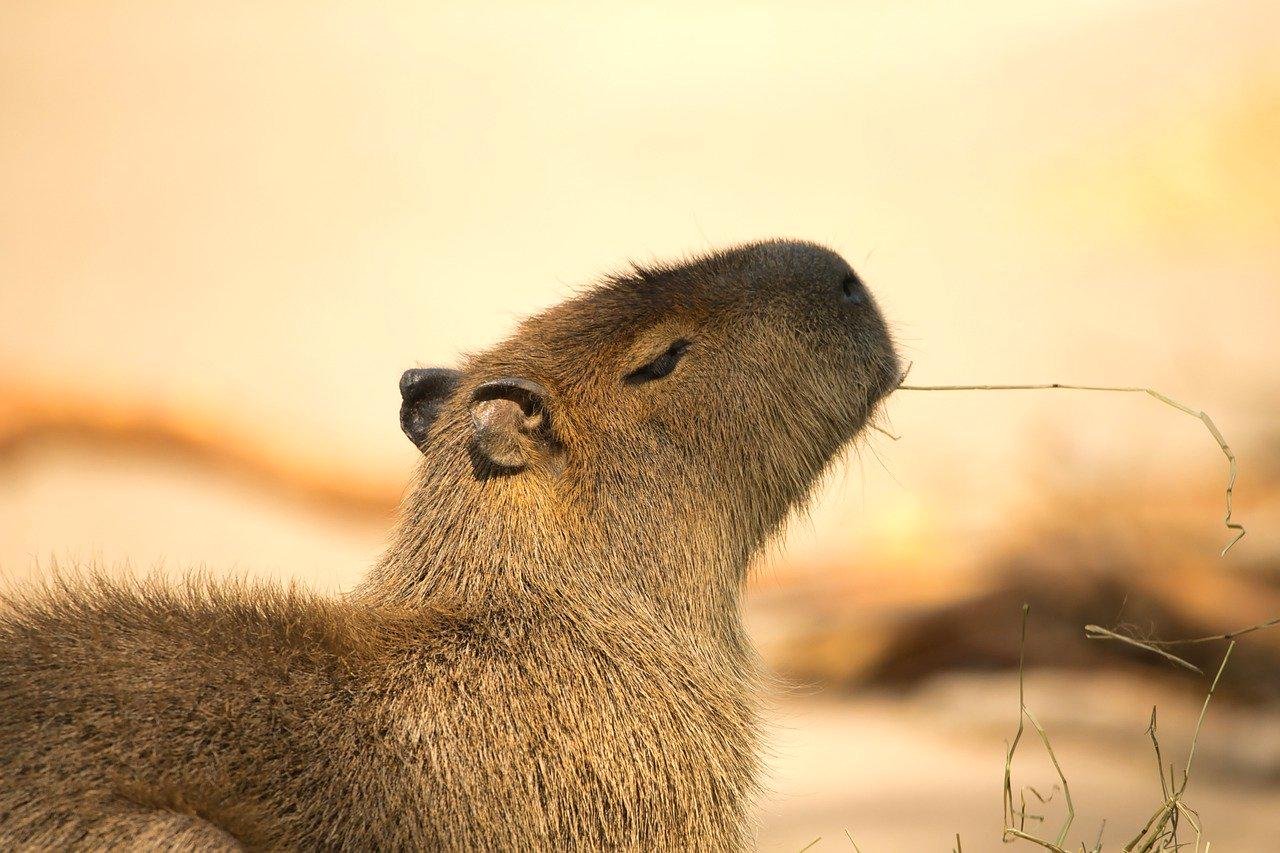
The Pantanal in Brazil, an astounding wetland region, stretches over an enormous area, making it the perfect place to encounter capybaras. With its intricate network of rivers and lakes, this area offers a home to these adorable creatures. As you navigate the wetlands, either on foot during a safari or through a tranquil boat trip, you’ll likely spot groups of capybaras lounging on the banks, basking in the sun or chomping on lush grasses. Remember, visiting during the dry season from May to September maximizes your chances, as animals congregate around water sources then.
Iberá Wetlands, Argentina
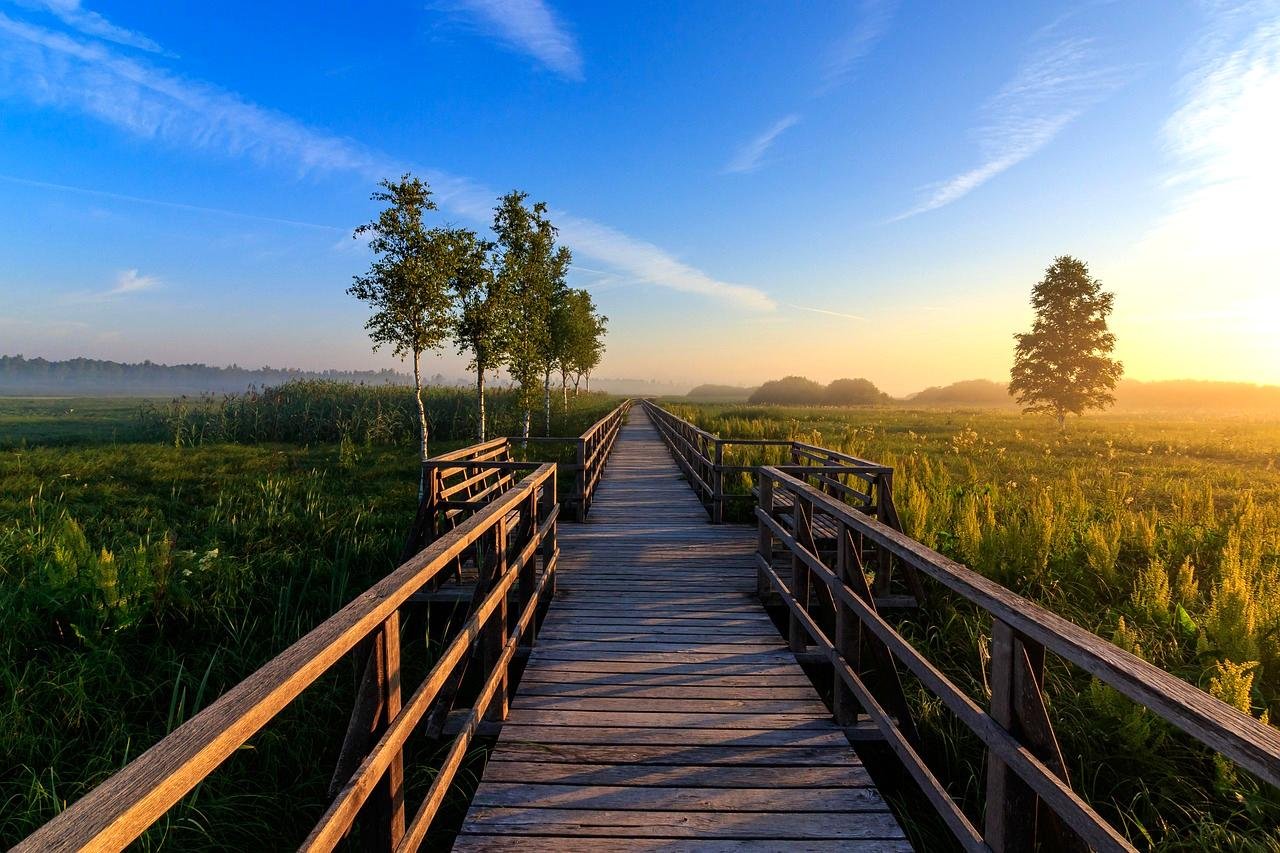
Argentina’s Iberá Wetlands are a spectacle of nature’s abundance and biodiversity. Here, capybaras roam freely in the expansive fields and serene water bodies. Perfect for ecotourists and nature lovers, guided tours offer a golden chance to see these creatures in the wild. The rich ecosystem doesn’t only house capybaras; expect to meet marsh deer, caimans, and an impressive collection of bird species too. Between March and November, the dry season reveals the wetlands’ wildlife treasures more clearly.
Los Llanos, Venezuela
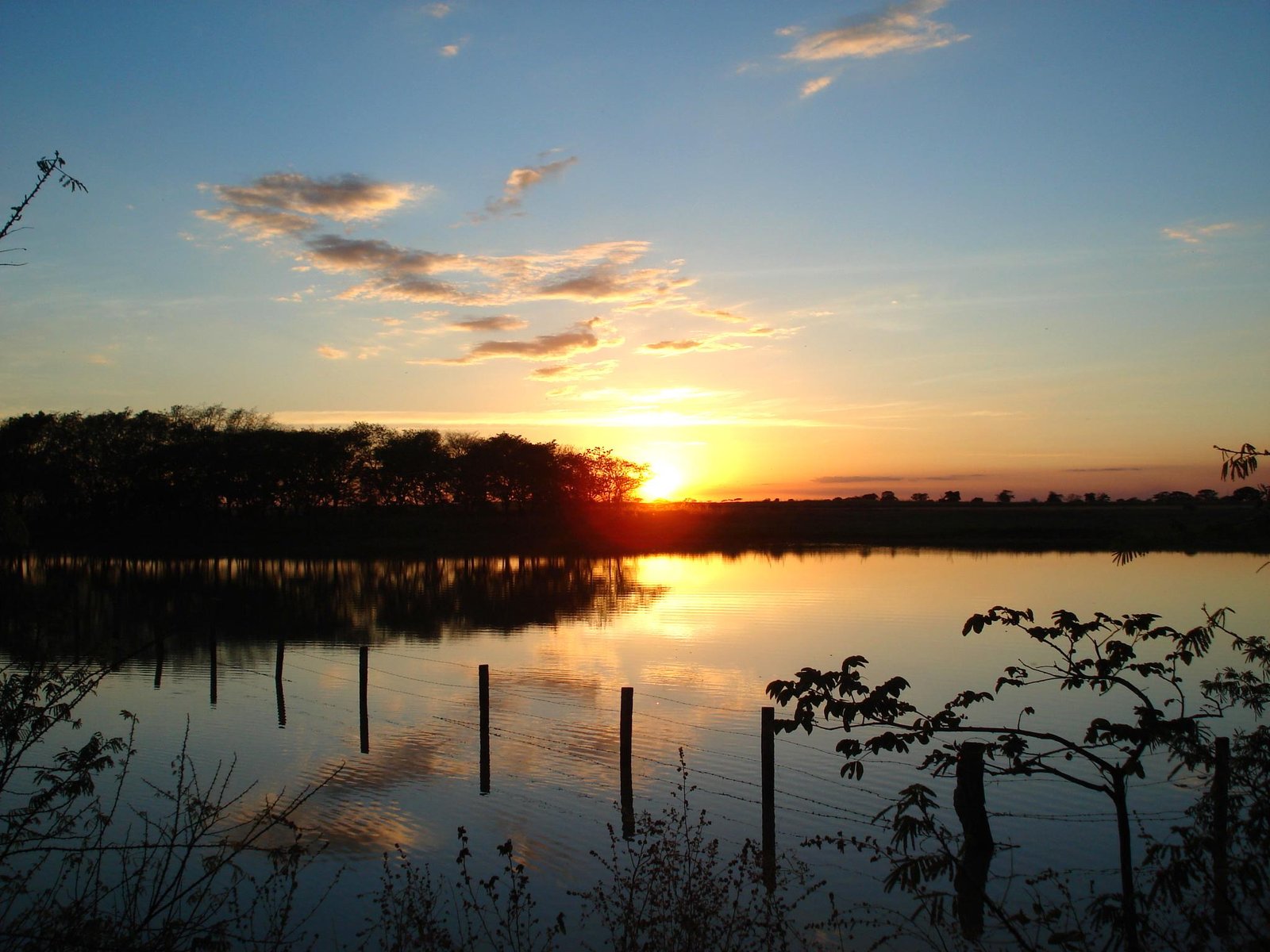
Head over to Los Llanos, a vast grassland spread across Venezuela and Colombia, where capybaras thrive among the mixed plains and wetlands. Here, the capybaras live in groups, showcasing their social inclinations near streams and wet pastures. Joining a guided expedition can help you witness these social creatures living together harmoniously. The abundance of wildlife such as anacondas and birds like scarlet ibis also makes exploring Los Llanos an adventure.
Orinoco Delta, Venezuela
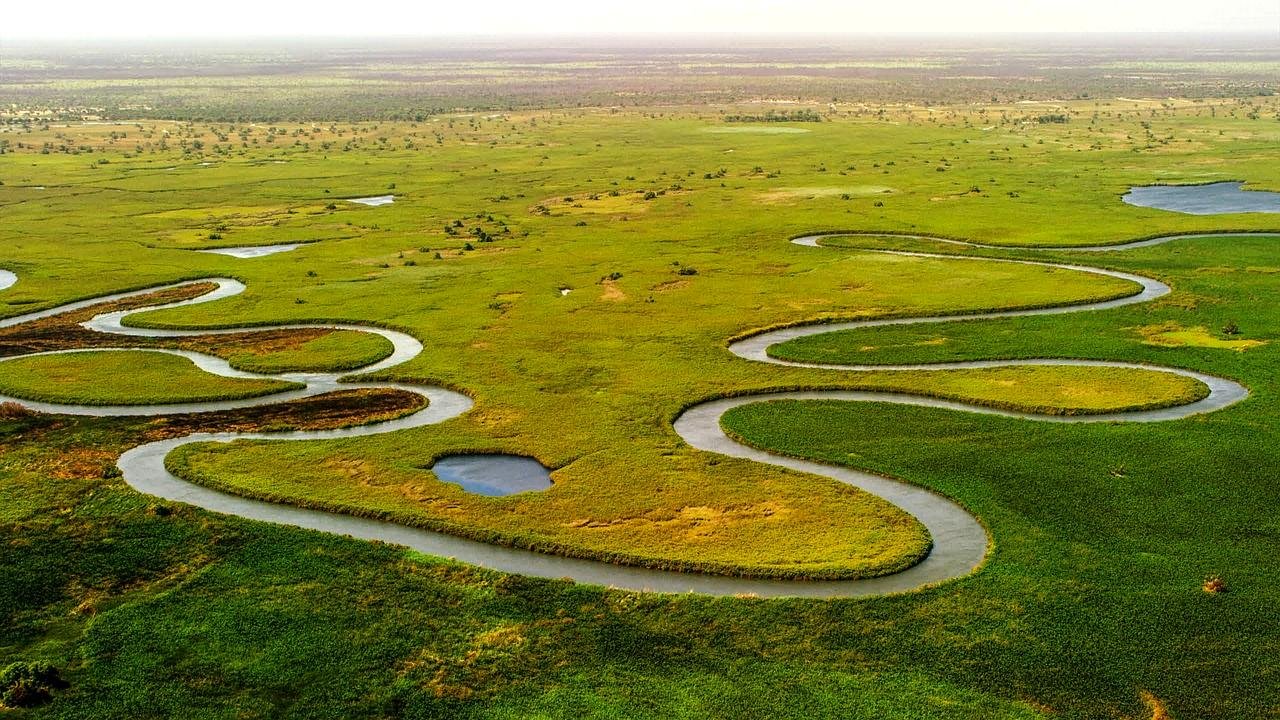
The Orinoco Delta is a sparkling gem of Venezuela, characterized by sprawling waterways, swamps, and forests. With a boat trip along these tranquil channels, you might just come across capybaras, often seen in the company of caimans and diverse bird species. Exploring this unique ecosystem during the wet season from May to December makes river navigation seamless and increases wildlife encounters.
Amazon Rainforest, Peru
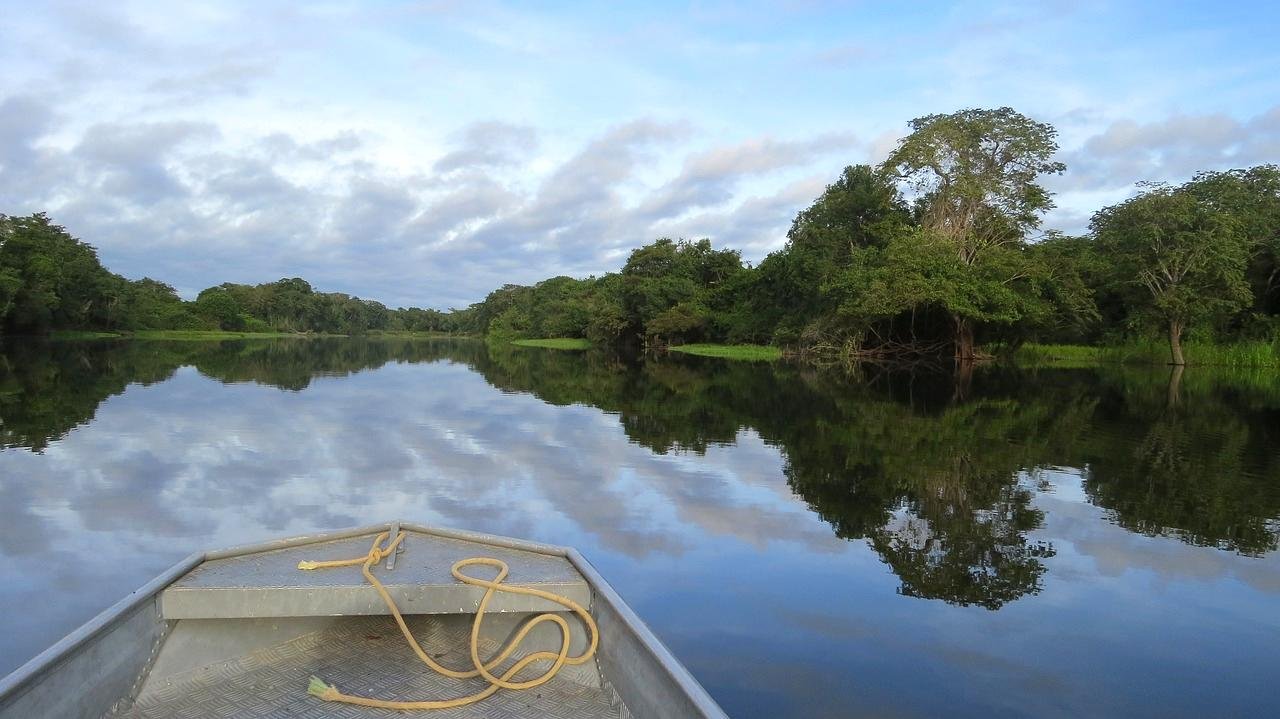
Within the depths of the Peruvian Amazon, specifically in the Madre de Dios region, lays another capybara hotspot. The lush environment along the Tambopata River serves as a backdrop for watching capybaras forage without a care in the world. Beyond capybaras, the area’s biodiversity is staggering, featuring wildlife like giant otters and jaguars. Visit from May to October for a chance to observe wildlife converging around water bodies more closely.
Gran Chaco, Paraguay
Venturing into the Gran Chaco of Paraguay, you encounter a distinct habitat where capybaras thrive. This lowland region, with its combination of wetlands and savannas, is essential for the survival of numerous species. Exploring this region reveals not only capybaras but other fascinating animals such as jaguars and tapirs. The relatively cooler months from May to September are the most enjoyable for discovering this remarkable area.
Los Llanos, Colombia
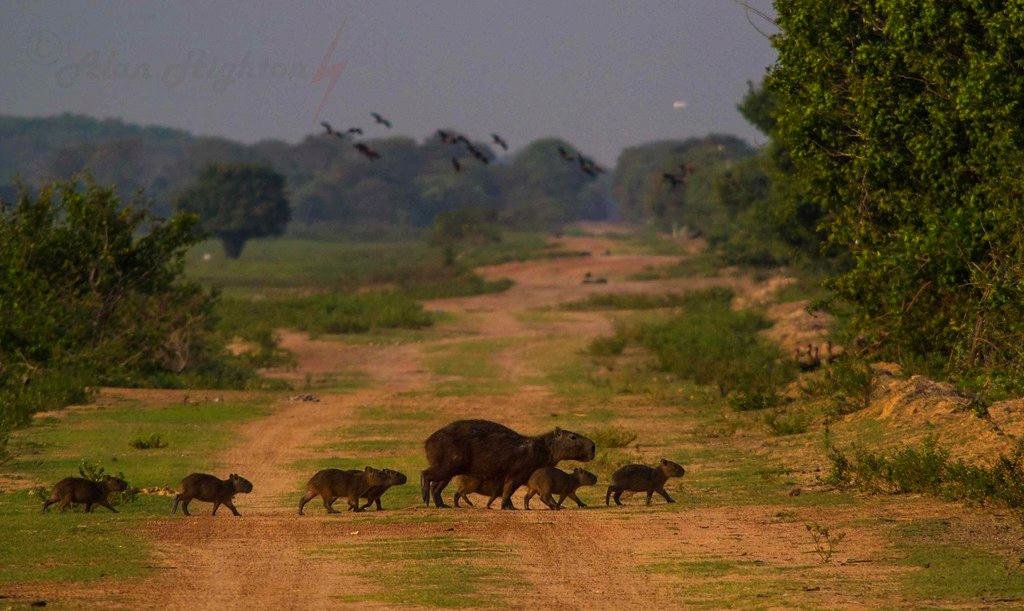
Colombia shares a piece of Los Llanos where wildlife, including capybaras, inhabit the rich grasslands and wetlands. Simply embark on an eco-tour to witness their interactions amidst these fertile landscapes. During the dry season from December to March, gatherings at water bodies make it easier to sport wildlife. Keep an eye out for the Orinoco crocodile, a defining feature of these waters.
Pantanos de Centla, Mexico
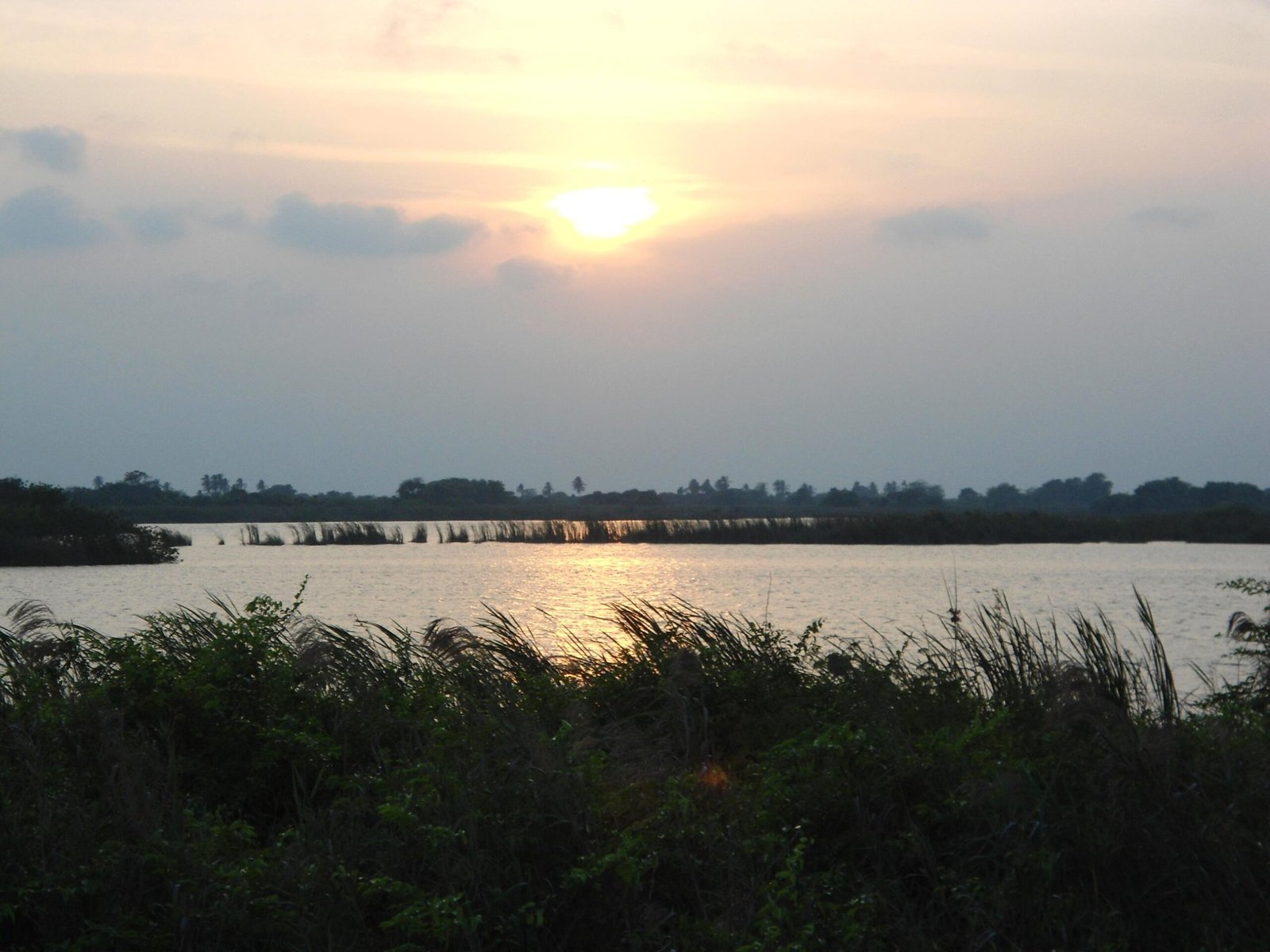
A bit north, in Tabasco, Mexico, the Pantanos de Centla reveals another thriving capybara community. As one of Mexico’s largest wetland areas, it offers a refuge for these rodents within its mangroves and tropical forests. Boat tours through this biosphere reserve will have you cruising alongside capybaras along the water paths. Visits from February to May correlate with the ideal dry season for wildlife observation.
Esteros del Iberá, Argentina
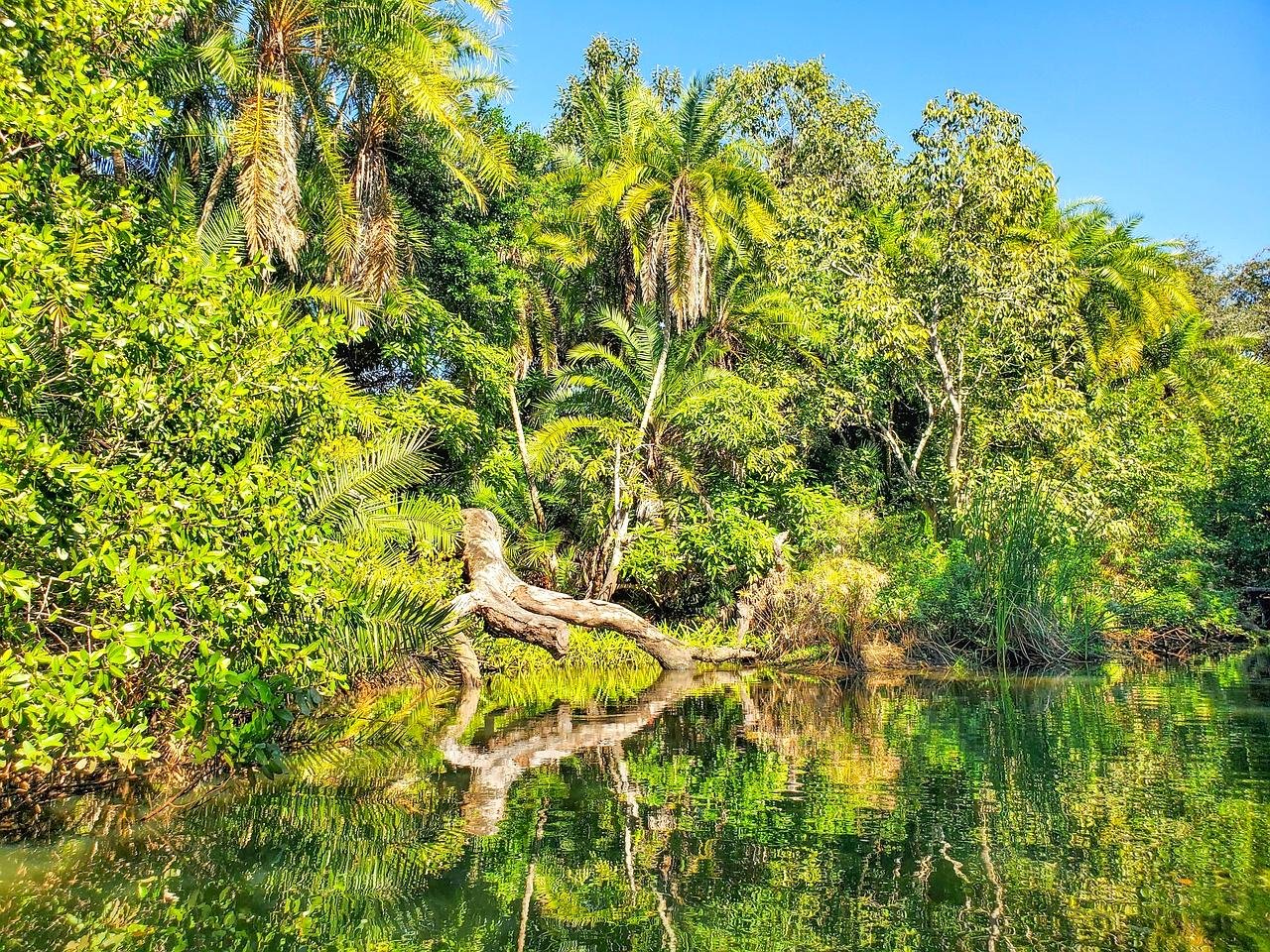
Adjacent to the Iberá Wetlands, the Esteros del Iberá stretches over vast swamplands. It remains a stronghold for capybaras, perfect for those immersed in nature’s wonders through boat tours and hikes. Conservation efforts here also bring back iconic animals like jaguars, enriching the wildlife scene. Similar to its neighbor, March to November serves as the best time for observing these lovely creatures in action.
Pantanal Matogrossense National Park, Brazil
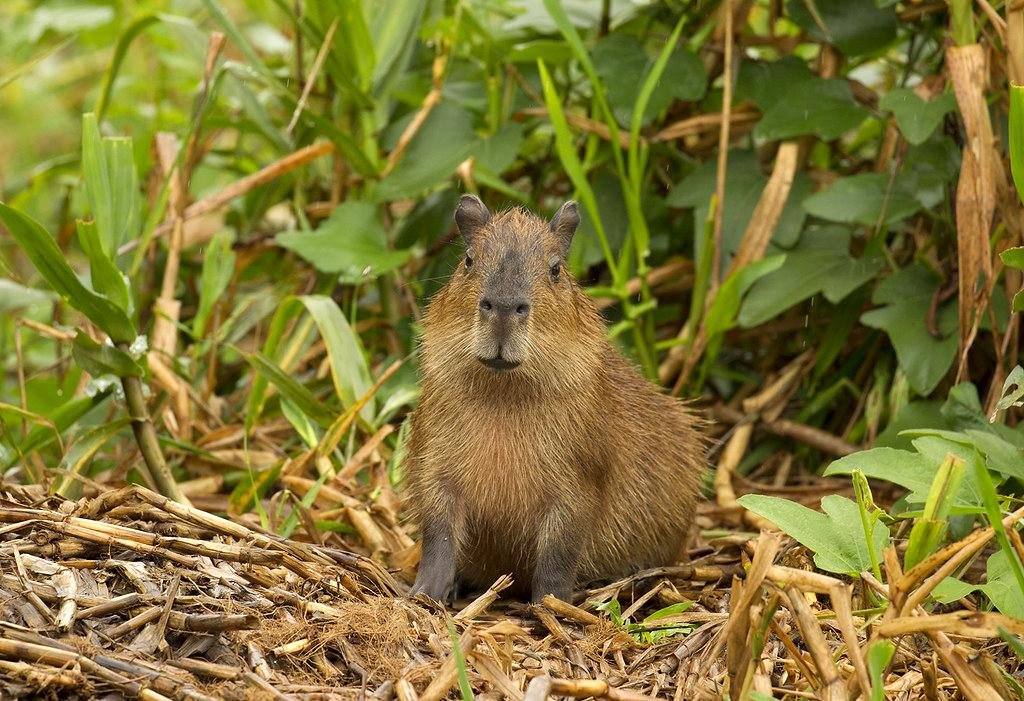
Located in the heart of the Pantanal, the Pantanal Matogrossense National Park is a must-visit sanctuary. Strolling along the rivers and lagoons, you’ll spot capybaras sharing these spaces with hyacinth macaws and giant otters. May to September, the dry season, offers optimal conditions for observing animal assemblies near water sources, completing your capybara sightseeing experience in South America.
Planning your journey around the optimal visiting times allows you to encounter these magnificent creatures more successfully. Engaging with knowledgeable local guides not only enriches your adventure but also supports conservation efforts trying to preserve these wondrous ecosystems.
